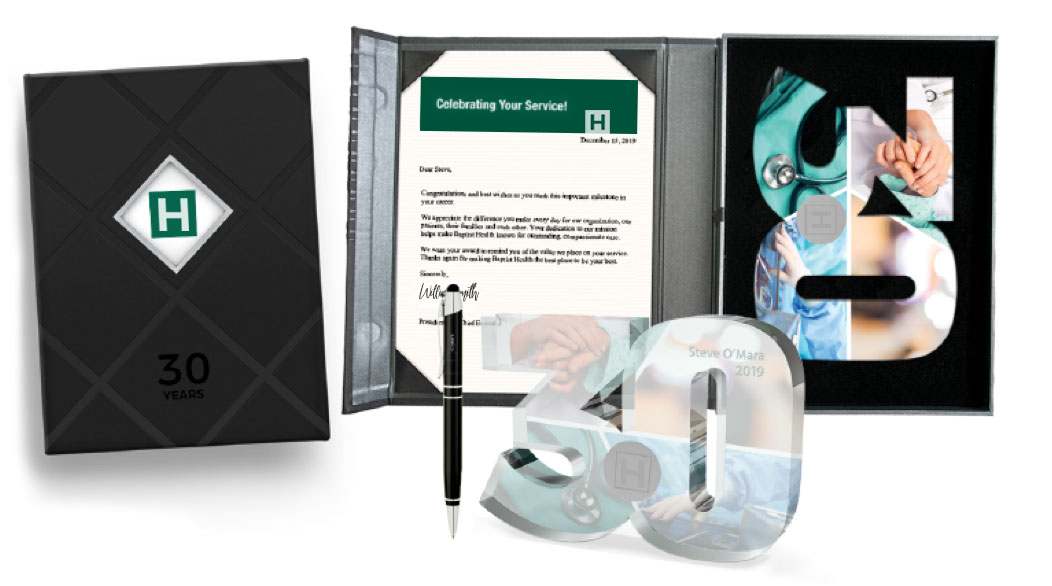Recognition & Reward Best Practices
So you’ve chosen a new Recognition and Rewards partner and you’re ready to get started recognizing your star performers!
Here are 5 best practices to consider when modernizing your new program.
1. Design programs to include ALL team members
According to results published in the Journal of Applied Psychology, and summarized in the Harvard Business Review, it was found that non-monetary recognition of top performers actually boosts your teams’ overall performance. In fact, the recognition spillover effects of recognizing a single team member actually has a positive effect on other members of the team.
This is great insight and we’ve seen the same results played out in our client programs. The key is to be mindful of your workplace when designing your recognition program. It’s important to be cognizant of who the program might exclude.
Make sure you design your program to encourage recognition for all teams – not just the ones who regularly get recognized. All of us are familiar with Help Desk and HR getting disproportionately recognized as their jobs involve serving others. Recognize that individual achievement within a team can have a positive effect on the entire team BUT can also run the risk of resentment and unfriendly competition. To avoid this:
- make sure you consider the organizational structure, access to technology and type of work performed in each of your locations to ensure accessibility and relevance
- roll out the R&R program to ALL your teams in the same location, at the same time
- ensure one high-performer is recognized in each team (especially in the early months) to avoid negative consequences
- recognize all employees, not just those in jobs that lend themselves to more obvious or quick recognition
Today’s employee recognition tools (Intranets and dashboards) make it easy for ALL managers and peers to share how a team member “went over and above” or acted in a way that reflected the company’s core values. With a click of a button, drop down menu and short open field, employees can easily nominate and recognize top performers with CSISTARS Employee Recognition tools – making it super easy AND reducing risk of bias and favoritism.
2. Recognize often
The best R&R programs aren’t run on an annual or monthly timetable. The best programs allow employees to recognize their peers immediately and as often as they see fit.
A great example of this is SouthWest Airlines KickTail R&R program. There is no limit to the number of “kicktails” employees can give or get. In fact, on average the airline processes 80,000 accolades/month! The higher the participation, the more contagious, positive and impactful your program will be.
We’ve found the best way to ensure frequent recognition is to minimize management approvals. Setting up pre-determined points for specific behaviors or pooling kudos and awarding points randomly on a monthly basis helps increase participation and reduces administration on part of managers.
3. Use consistent criteria based on core values
To build on point #2, the best programs are based on your company’s core values. This is the foundation for your recognition and reward program and ensures fair decision-making criteria when managers are determining who should receive a reward.
Consistent criteria across the organization is required so team members trust that you are recognizing people who are making valuable contributions and not just rewarding the “teacher’s pets”.
4. Create excitement from kickoff onwards
Like anything… whether it’s the latest movie release, a new product hitting shelves or your favorite band coming to town, you have to be aware of the timing and details. The success of your new R&R program is the same.
You and your R&R partner need to communicate how the program works, how to get involved and what’s in it for your employees using a variety of mediums… posters, emails, videos, payroll stuffers, online through your Intranet or social dashboard, etc.
5. The best programs are led by example
You know this and hopefully you work for a leader who gets this too. More than anything, creating a culture of everyday recognition requires senior management buy-in.
A kickoff video from your President, program spotlights at your weekly meetings, management kudos to encourage participation and stories highlighting employees who are doing things right AND those recognizing others – all help to build excitement and make your program contagious!
Visibility is also really key – the more your leaders make a big deal of recognizing and rewarding employees, the more powerful and permanent the organizational change.
Based on our experience (and we’ve been in the recognition business since 1979) supported by numerous external research findings, we can confidently say recognizing your star performers not only helps motivate and retain top talent BUT actually heightens the performance of all your teams.

Download our “Modernize your Recognition and Reward Activities”



















